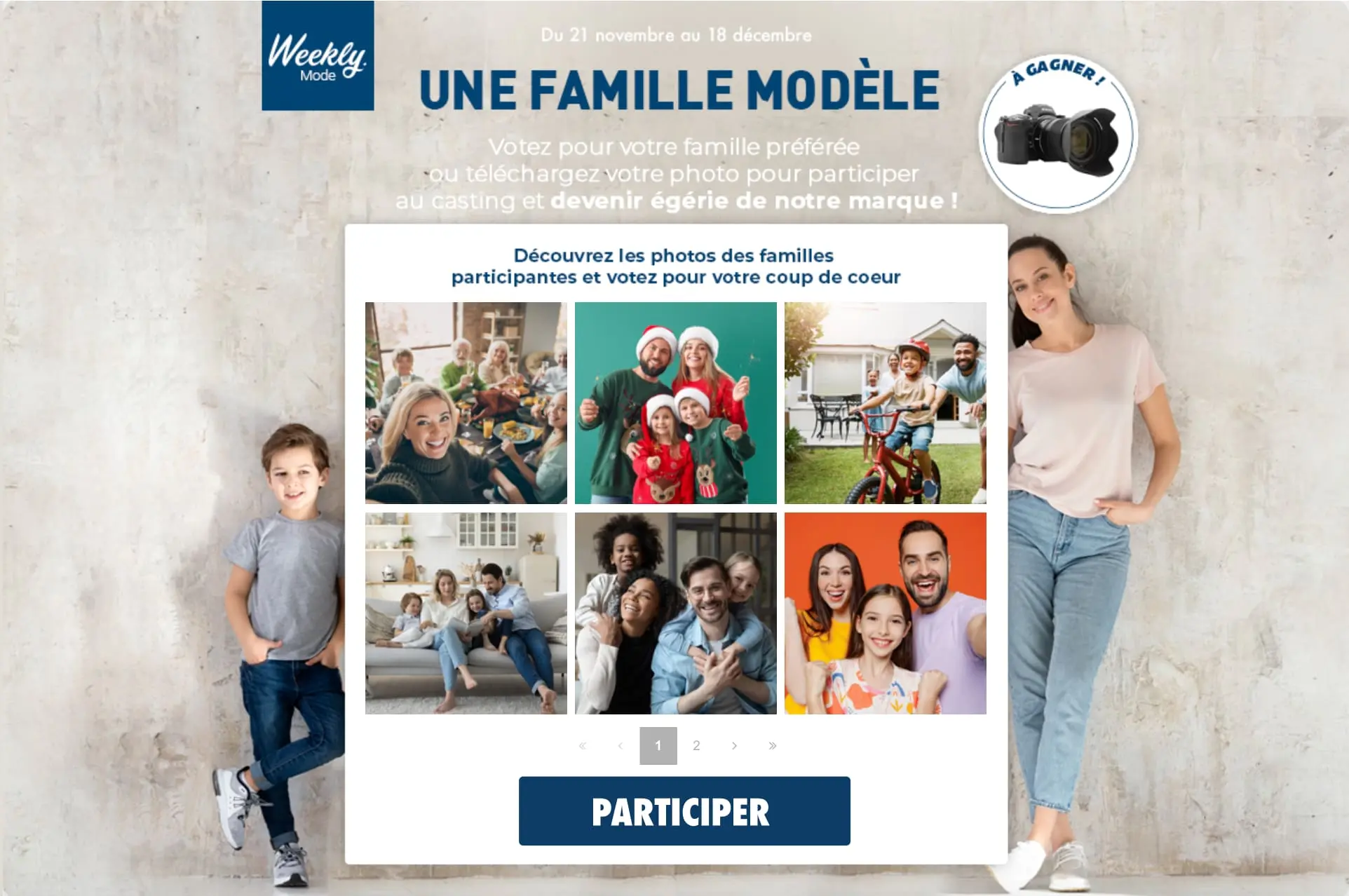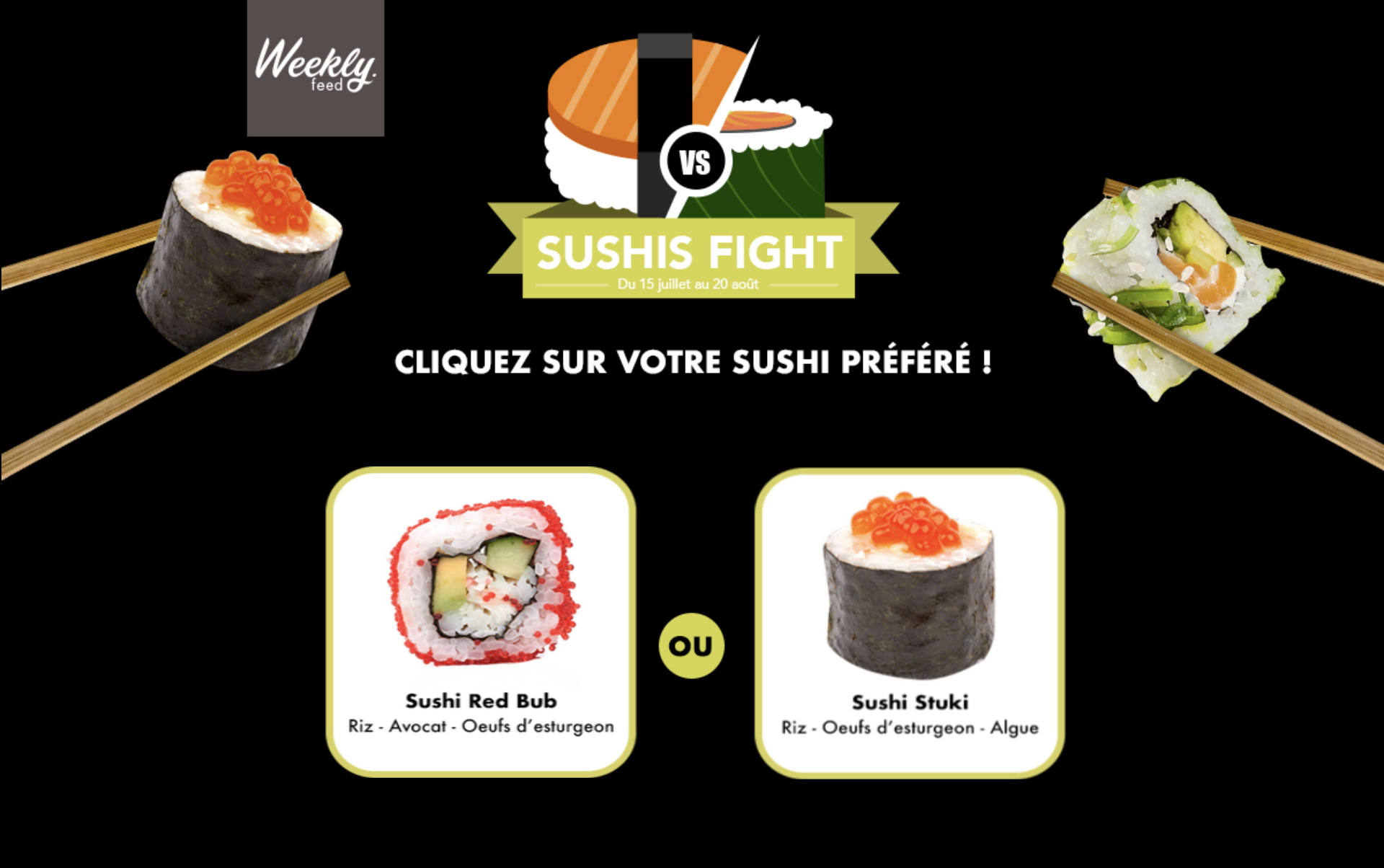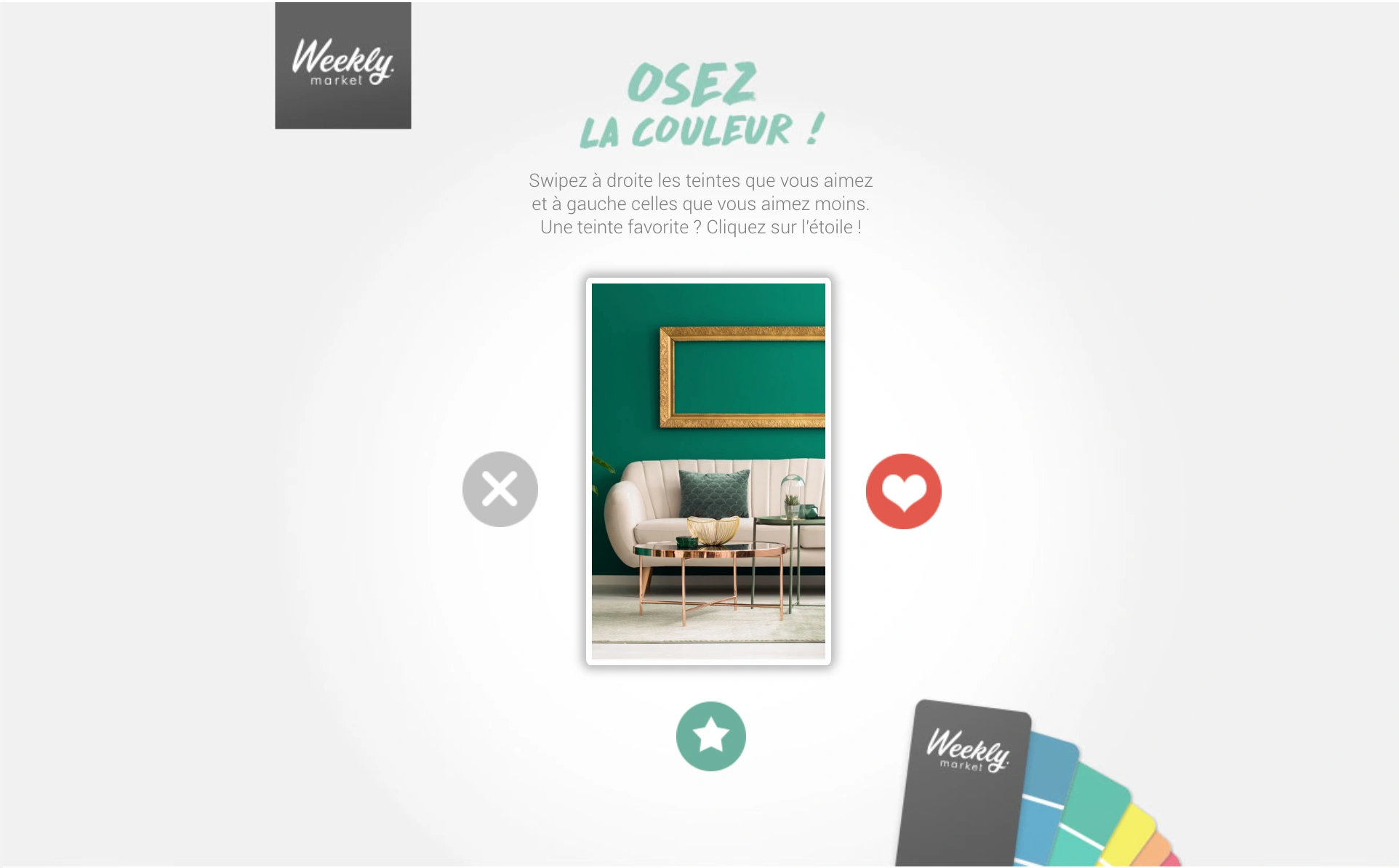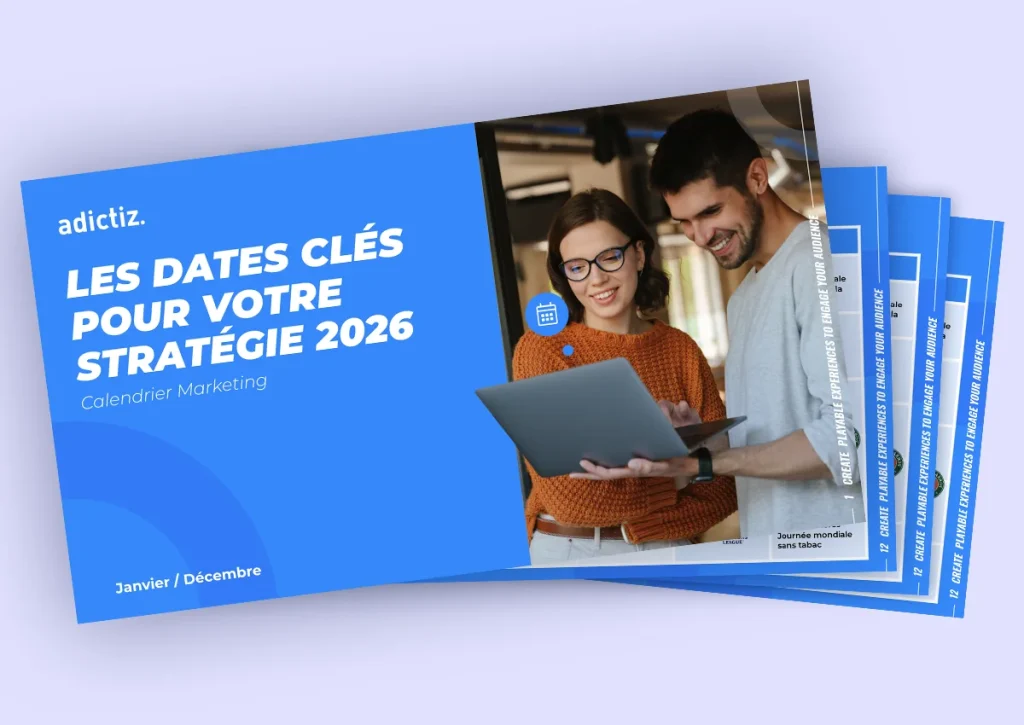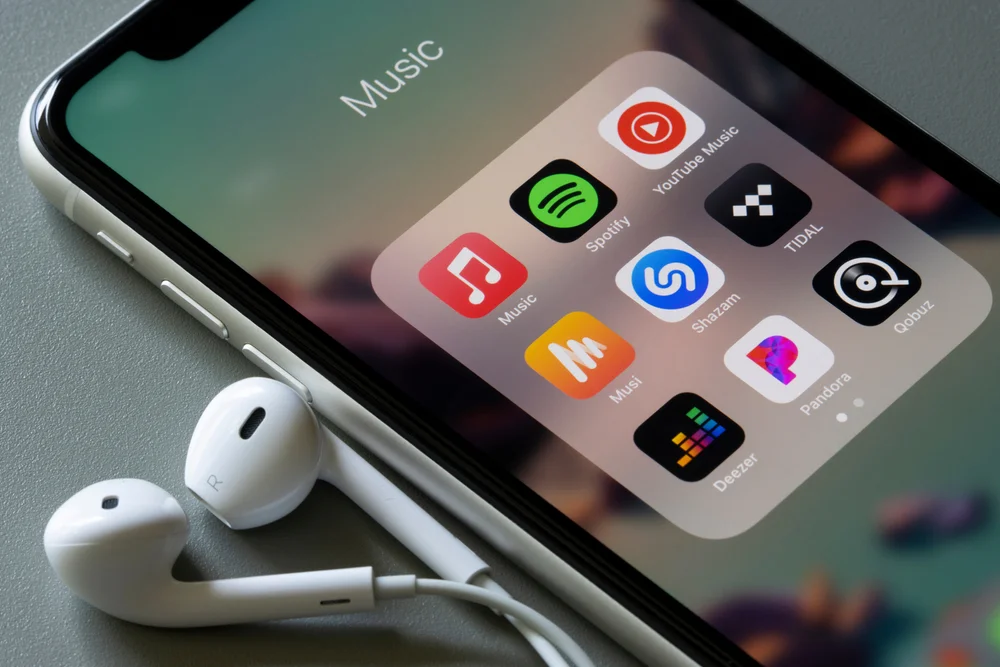
UGC (User Generated Content), definition, marketing trends
UGC (or User Generated Content) is not a new marketing trend in 2024. An increasing number of brands are in fact encouraging and reusing photos, videos and written testimonials shared by their customers to enrich their content marketing strategy.
But like any popular strategy, it is crucial for brands wishing to use UGC to stand out from the crowd. If you’re already capitalising on this authentic content to engage your audience but you want to take it a step further, this article will take you deeper into the subject of User Generated Content.
We take a closer look at the different ways in which UGC can enrich your content marketing. You’ll also find some practical advice on how to boost your UGC strategy, with a particular focus on gamification.
What is UGC (User Generated Content)?
User-generated content (or UGC) refers to any form of content created by users or consumers rather than by brands or companies. This can range from images, videos, written testimonials to blog posts (e.g. a product review) and much more.
The whole point of UGC is that, unlike content produced by companies, it offers a more authentic representation of products or services they offer. When a customer takes a photo of themselves wearing a piece of clothing or shares their opinion on a new beauty treatment, they are naturally doing so in a more objective way. Their experience or testimonial is not perceived by other users as marketing content designed to encourage them to buy.
This is why consumers trust UGC more than brand publications to guide their purchasing decisions;
- 85% of consumers say they turn to UGC-type content rather than branded content when making purchasing decisions.
- What’s more, 62% of consumers are more likely to buy a product if they can consult photos and videos of people buying the product in question.
The different objectives of UGC
As well as being a highly effective purchase driver, UGC (User Generated Content) also encourages exchanges between the brand and its customers.
Brands that decide to integrate UGC into their content marketing strategy can use it as a lever to :
- Gain subscribers and boost your visibility on social networks. Challenges launched by brands, particularly photo and video competitionsare an excellent way of growing your community and raising your profile. UGC allows companies to make themselves known to their customers’ friends and subscribers. And so naturally extend their visibility to affinity audiences.
- Increase buyer commitment, on social networks or on its online shop. Internet users spend 90% more time on a website that incorporates UGC content (on its product sheets, for example) than a site that does not. UGC acts as social proof that reassures them at the time of purchase.
- Collecting e-mails for reactivation. Les campagnes d’UGC peuvent également s’inscrire dans une stratégie d’enrichissement de données clients. Il suffira de lancer un concours d’UGC offrant de la valeur en échange d’une adresse email ou de réponses à un sondage. Par exemple, les participants peuvent partager des photos de plats cuisinés avec les produits commercialisés par l’entreprise en échange d’un ebook de recettes.
- Stimulating repeat purchases and building customer loyalty. L’UGC est un puissant levier de rétention des clients. Une fois la commande passée et le produit reçu, les marques peuvent encourager les utilisateurs à partager leur avis ou une photo illustrant leur expérience. En échange, ils recevront des coupons de réduction pour déclencher un nouvel achat ou d’autres avantages (programme VIP, etc.)
How can you boost your UGC strategy?
UGC (User Generated Content) is therefore a good way of capitalising on the authenticity and creativity of your community to strengthen your content marketing strategy. But you still need to encourage your audience to share content that is relevant to your brand, and know how to use it wisely.
Here are 3 tips for optimising your UGC strategy.
1. Create a brand experience worth sharing
The first step in encouraging your audience to produce UGC is to create a brand experience that makes you want to be immortalised and re-shared on your networks. That’s what restaurants are doing by coming up with highly Instagrammable dishes that customers will immediately want to take a photo of and post on their social media.
Unboxing, for example, can be a crucial part of the customer experience. Beautiful packaging naturally encourages consumers to create and distribute UGC. The use of the product or service itself can also be an excellent way of encouraging users to produce content.
For example, a beauty products brand can share with its customers (via a series of post-purchase emails) a routine to follow. Customers will be able to film themselves using the treatment or share a before-and-after picture. The UGC will then serve as social proof and will boost sales of the item.
2. Encourage or guide the creativity of your community with a competition
Gamification is a highly effective way of encouraging customers to generate UGC. For brands, it’s also a good technique for guiding the type of content they want their audience to share. The instructions of a marketing contest will, for example, provide information about the format or the benefits of the product to be promoted.
Calvin Klein, for example, has relied on UGC to democratise its brand image, perceived as too luxurious (and therefore inaccessible) by young consumers. CK created a landing page highlighting the campaign and actively encouraging users to share their publications under the hashtag #MyCalvins.
The emphasis was on the IRL (i.e. authentic) side of the content to break down the brand’s overly upmarket image. In 2024 , the hashtag #mycalvins had over 410 million views on TikTok! This UGC competition, whose main reward was to be shared on CK’s networks, enabled the company to boost its profile among GenZ.
3. Interacting with and rewarding brand ambassadors
As the CK example clearly shows, the main reward sought by users who share UGC is not necessarily a prize.. Ce type d’interactions est plutôt un moyen pour les consommateurs de create a link with their favourite brands. What they generally expect in return is recognition and privileged exchanges with the company.
The key to a viral UGC campaign is to interact as much as possible with your brand ambassadors. Cela passe évidemment par reposter en stories ou directement sur son compte les photos et vidéos partagées par sa communauté. Mais aussi de commenter ces publications, de les remercier pour leur soutien et d’encourager leur créativité.
The most original UGC can be included in the brand’s content strategy (with the agreement of their creators, of course). They can also give access to exclusive benefits (meeting the founders, access to the ambassador programme, etc.).
This approach not only makes it possible to gamify a UGC campaign by creating healthy competition between its customers. Above all, it increases audience loyalty by strengthening the emotional connection between the brand and its consumers.
Conclusion
UGC (User Generated Content) is marketing content that is as engaging as it is effective in triggering the act of buying. To encourage customers to share authentic content, gamification remains one of the most effective levers. Discover our interactive animations to boost your UGC strategy and improve your brand image!


